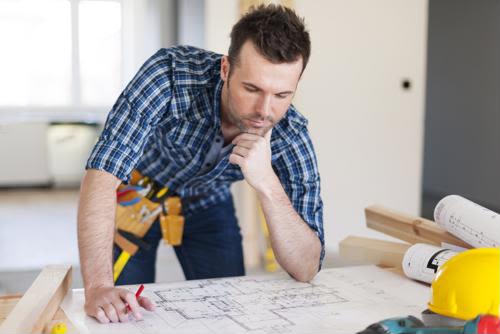- Home
- Resources
- Amerhart Insider Blog
- Construction & Design Trends
- Report shows benefits of LEED certification
Report shows benefits of LEED certification

There are financial reasons to pursue environmentally-friendly building projects. These sometimes come with high expenses, but builders should instead focus on the longer-term advantages of good resources, green certification, and products that lower a home's energy output, making it potentially more attractive to a new generation of buyers.
Using multiple listing service data from an eighty-year period, the findings from a U.S. Green Building Council and University of Texas at Austin McCombs School of Business report found evidence of an increase in both the amount of Texas residential property with Leadership in Energy and Environmental Design (commonly known as LEED) certification as well as a "roughly 8 percent" premium price increase for homes that earn a LEED rating.
Improvements and opportunities
As the USGBC has often said, LEED is a standard with international significance, so even the impacts of these local studies could be inspiration for others to try and mimic the findings. The source traced homes based on different houses' ages, and found that 1.67 percent of these were green, while there were slightly more homes that were one or two years old certified green than newly constructed residences with the same designation.
Using the same data, the report noted that new construction had the highest percentage of LEED observations. Interestingly enough, none of the homes older than 30 years had LEED labels. Despite this, the authors said that a regression analysis established single-family home market properties could be more valuable with the LEED certification.
In a press release detailing the findings, Dr. Greg Hallman from the University behind the report, explained the implications of the findings and all of the entities who could benefit from it.
Our research shows there is a 'green premium' in the Texas single-family home market," Dr. Hallman said. "The average new home in our Texas MLS dataset sells for $311,000, so a 6-8% green premium represents a significant gain for home owners, developers, and real estate agents and brokers."
Project statistics
Since the LEED standard can include different types of improvements, each project can vary and have implications for the ways to save energy and resources. Imagine how this can manifest as the amount of certified properties increases around the globe, and the need for paneling and other home products with green value.
Earlier this month, the USGBC listed the amount of properties certified for LEED status throughout the world as of this year's second quarter. The majority of these projects, 46.49 percent, reached the "Gold" status of certification, the second-highest possible, accounting for more than 121,000,000 gross square feet.
Just under 2 percent of these projects were certified for the latest edition of the LEED standard, while the majority instead fell under the 2009 version. This earlier model was responsible for almost 90 percent of the buildings.
Looking through a diverse product catalog can help you decide which options will help you reach the green goals you have. Read more about our catalog options here.






















